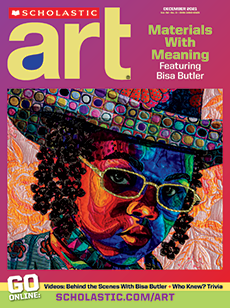Takashi Murakami founded his gallery and studio, Kaikai Kiki, in 2001. Since then, the gallery has helped launch the careers of many Japanese artists who are now influential in their own right. “Art is a long journey with no end in sight,” the gallery’s website states. “We are happy to support each other as we walk this long and difficult path together.”
Takashi Murakami founded his company, Kaikai Kiki, in 2001. Since then, it has helped launch the careers of many important Japanese artists. The company’s website explains, “Art is a journey with no end in sight. We are happy to support each other as we walk this long and difficult path together."
